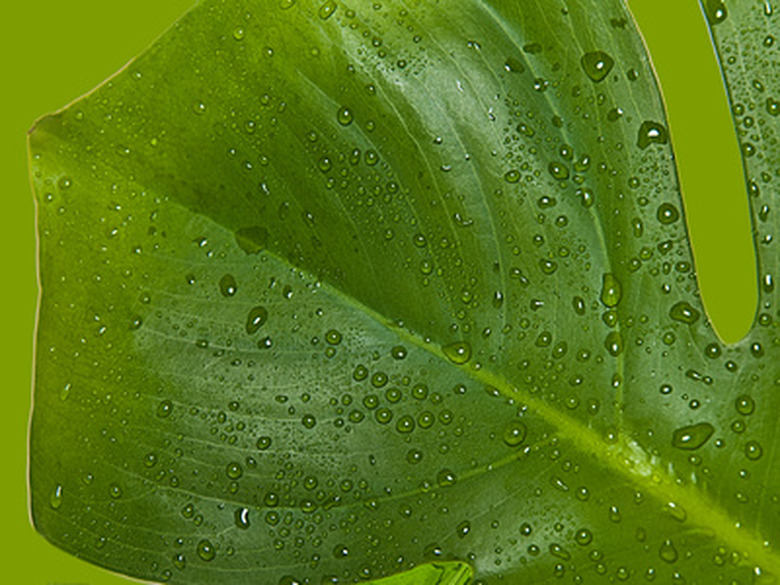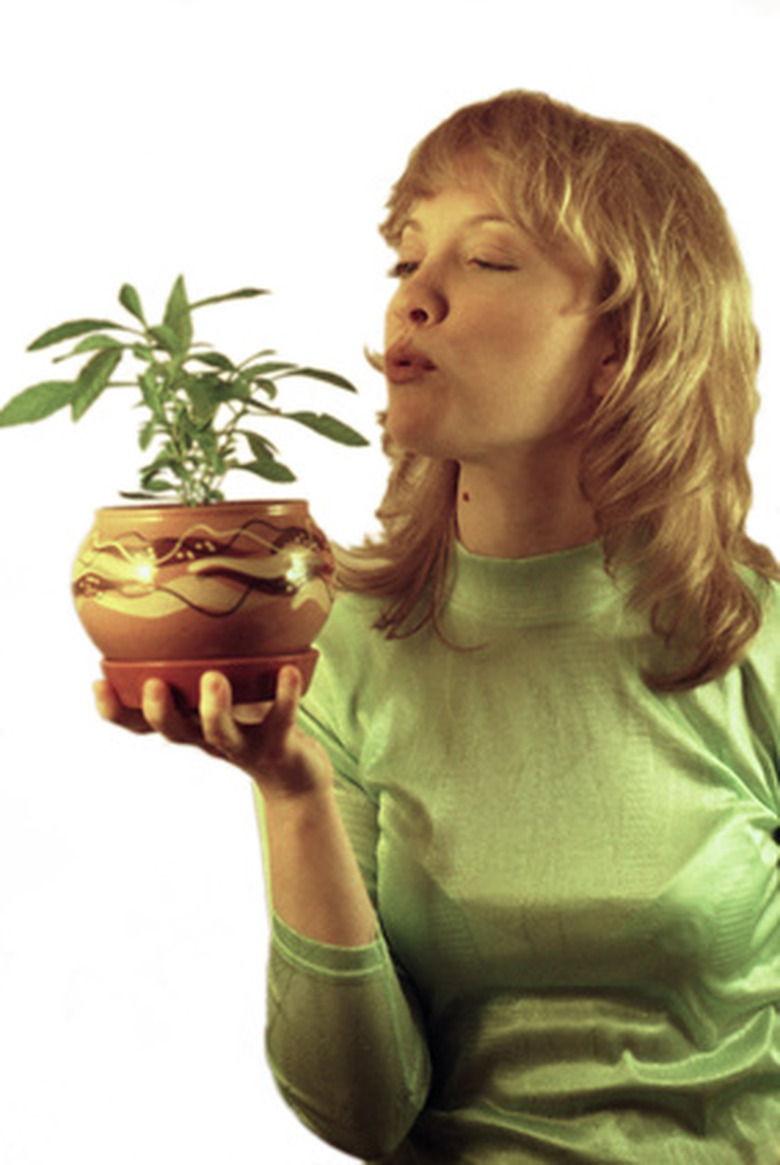Why Do Plants Lose Water?
Plants lose water through a process called transpiration which involves the evaporation of water from the leaves of the plant. Transpiration is a part of the water cycle, but it also has benefits for the plant, such as assisting in photosynthesis. Every part of the plant is involved in transpiration at some point.
The Water Cycle
The Water Cycle
In order to understand how plants lose water through the process of transpiration, you must first understand the water cycle. According to the USGS, the water cycle has no starting point, but for the sake of explanation. Water in the oceans, rivers, surfaces of plants, etc. turns to water vapor when it is heated by the sun. As it rises into the atmosphere, it condenses to form clouds. Eventually, the clouds become too heavy and the water falls back to the earth in the form of precipitation (snow or rain.)
Transpiration
Transpiration
Transpiration in plants is very much like perspiration in humans. Just as in humans, pores in the plant's leaves called stomata open up and allow water to escape. 99% of water that is absorbed by the roots of the plant is transpired, says Tracy Sterling of New Mexico State University.
Plant Benefits
Plant Benefits
You are probably wondering why plants have not evolved so as to retain more of this water. Actually, some already have such as cacti! Other plants, however, continue to transpire because of the benefits. According to Sterling, the process of water turning into a vapor cools the plant. As water transpires and the roots replace it, the roots are also drawing in more nutrients from the soil. The presence of this water in the soil also provides support for the plant so that it does not fall over.
Human Benefits
Human Benefits
Most everyone knows that plants are responsible for creating the oxygen that you breathe. What many do not know is that the plant exchanges these gases through the process of transpiration! When the stomata open to release water onto the surface of the plant, carbon dioxide (CO2) enters and oxygen exits. The plant requires CO2 for the process of photosynthesis in which the plant uses energy from the sun.
Process
Process
Water is first absorbed through the very tip of the root. Next water moves either between the cell membranes, or directly through cells of the plant. Eventually it reaches an area called the endodermis, as stated by Sterling. The endodermis works similar to a paper towel soaking the water upward. Once it crosses this area, it is in what is commonly known as the stem of the plant. This area moves water rapidly toward the plant's leaves. At this point, stomata react to environmental cues and release water to the surface of the leaf, where it evaporates.
Cite This Article
MLA
Fitch, Carrie. "Why Do Plants Lose Water?" sciencing.com, https://www.sciencing.com/why-do-plants-lose-water-12339924/. 21 July 2017.
APA
Fitch, Carrie. (2017, July 21). Why Do Plants Lose Water?. sciencing.com. Retrieved from https://www.sciencing.com/why-do-plants-lose-water-12339924/
Chicago
Fitch, Carrie. Why Do Plants Lose Water? last modified March 24, 2022. https://www.sciencing.com/why-do-plants-lose-water-12339924/

